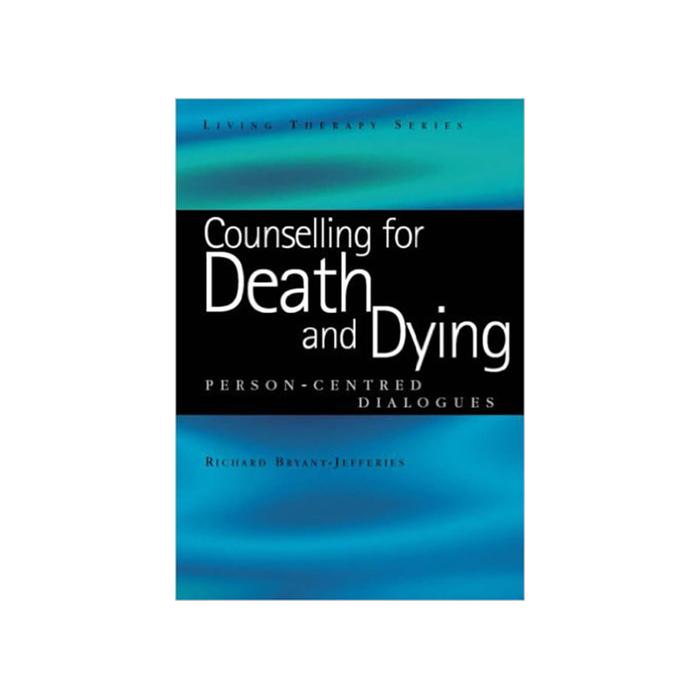Product overview
This book contains forewords by Sheila Haugh and Grace H Chickadonz respectively – Senior Lecturer Psychotherapy, Centre for Psychological Therapies, Leeds Metropolitan University; Center for Human Encouragement, Rochester, New York, USA. What happens to a person emotionally, psychologically and spiritually when confronted by the reality of the death of a loved one, the impending death of someone close to them, or their own death? As with the other volumes of the “Living Therapy” series, “Counselling for Death and Dying” is composed of fictitious dialogues between clients and their counsellors, and between the counsellors and their supervisors. Within the dialogues are woven the reflective thoughts and feelings of the clients, the counsellors and the supervisors, along with boxed comments on the process and references to person-centred theory. It is intended as much for experienced counsellors as it is for trainees and provides real insight into what can occur during counselling sessions. The book will also be of great value to the many health and social care professionals who, whilst they may specialise in other areas, will find that the issues dealt with in this volume have impact on the work they are doing. For them, the text demystifies what can occur in therapy, and provides useful ways of working that may be used by professionals other than counsellors. ‘Richard has a deep understanding of theory and practice and has brought this understanding to this greatly neglected area in person-centred literature. [He] has the talent as a writer to honour the client, the counsellor/therapist, the supervisor and the process in all its intricacies. Richard has produced a book that, to my mind, captures the pain, the joy, the challenge of being with someone bereaved and someone facing death. The book also captures the pain and hurt and confusion of being that person who is bereaved or facing death.’ – Sheila Haugh, in her Foreword. ‘What is most striking about the dialogues










